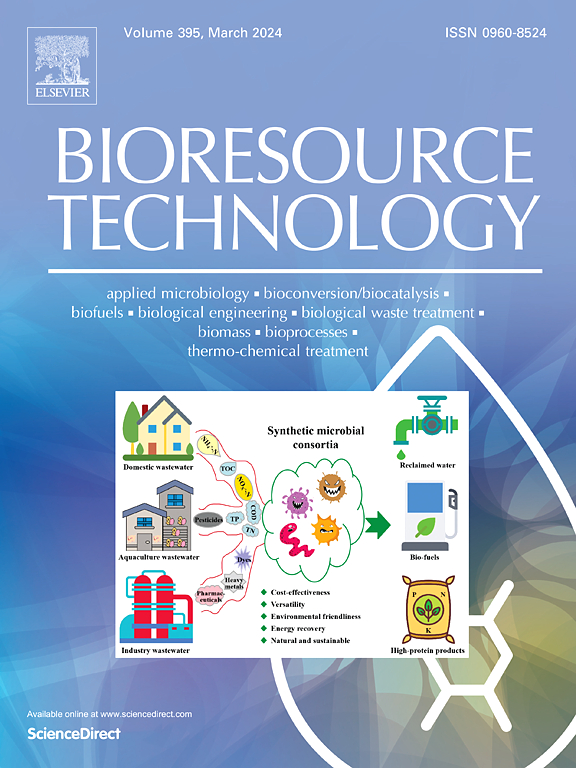Metagenomic exploration of novel β-galactosidases for glycosylation engineering
IF 9.7
1区 环境科学与生态学
Q1 AGRICULTURAL ENGINEERING
引用次数: 0
Abstract
β-Galactosidases are important enzymatic tools for glycosylation, but their properties vary greatly with the source. Here, ten putative β-galactosidase genes, designated as bga1 to bga10, encoding proteins Bga1 to Bga10, were mined from an environmental metagenomic dataset comprising 119,152 sequences. Five of the encoded enzyme proteins exhibited less than 80% sequence similarity to known enzymes, but displayed conserved catalytic sites in their predicted three-dimensional models. After heterologous expression and characterization, two recombinant enzymes showed specific hydrolysis activity toward o-nitrophenyl-β-d-galactopyranoside. One of them, Bga4R, exhibited remarkable activity at pH 7.4 and 50℃, with excellent alkaline stability. Notably, Bga4R tolerated a wide range of acceptors for transglycosylation. It catalyzed galactosyl transfer to various monosaccharides and sugar alcohols, and enabling the synthesis of diverse glycosylated derivatives. This study identifies a novel GH 1 β-galactosidase as a powerful tool for glycosylation engineering, with promising potential for synthesizing galactosides valuable to food and pharmaceutical industries.

求助全文
约1分钟内获得全文
求助全文
来源期刊

Bioresource Technology
工程技术-能源与燃料
CiteScore
20.80
自引率
19.30%
发文量
2013
审稿时长
12 days
期刊介绍:
Bioresource Technology publishes original articles, review articles, case studies, and short communications covering the fundamentals, applications, and management of bioresource technology. The journal seeks to advance and disseminate knowledge across various areas related to biomass, biological waste treatment, bioenergy, biotransformations, bioresource systems analysis, and associated conversion or production technologies.
Topics include:
• Biofuels: liquid and gaseous biofuels production, modeling and economics
• Bioprocesses and bioproducts: biocatalysis and fermentations
• Biomass and feedstocks utilization: bioconversion of agro-industrial residues
• Environmental protection: biological waste treatment
• Thermochemical conversion of biomass: combustion, pyrolysis, gasification, catalysis.
 求助内容:
求助内容: 应助结果提醒方式:
应助结果提醒方式:


